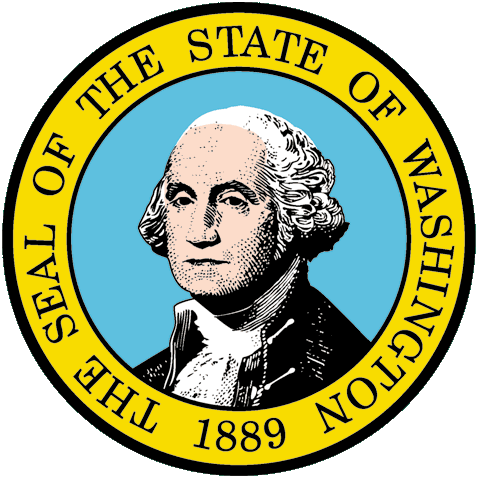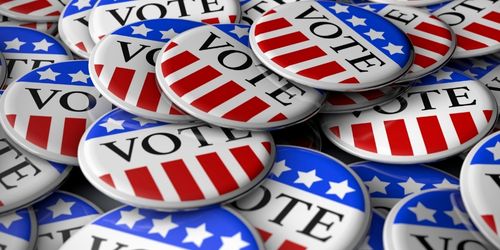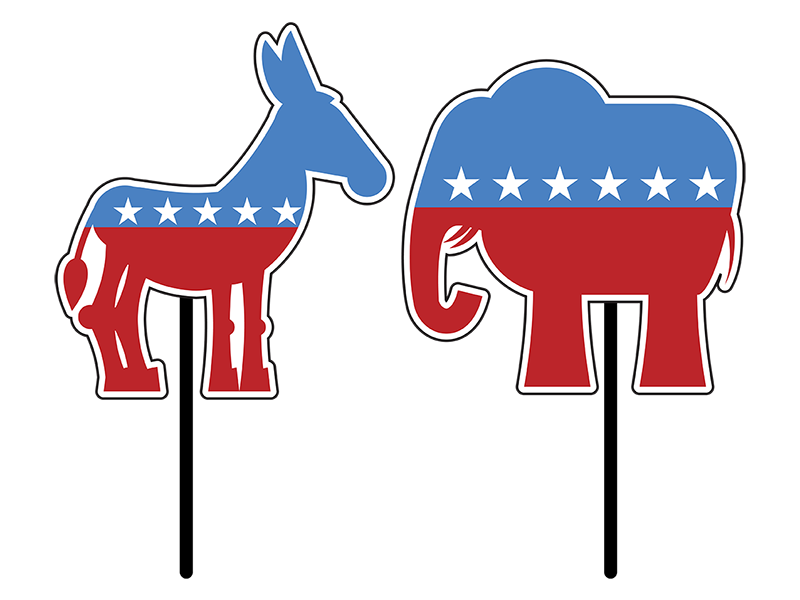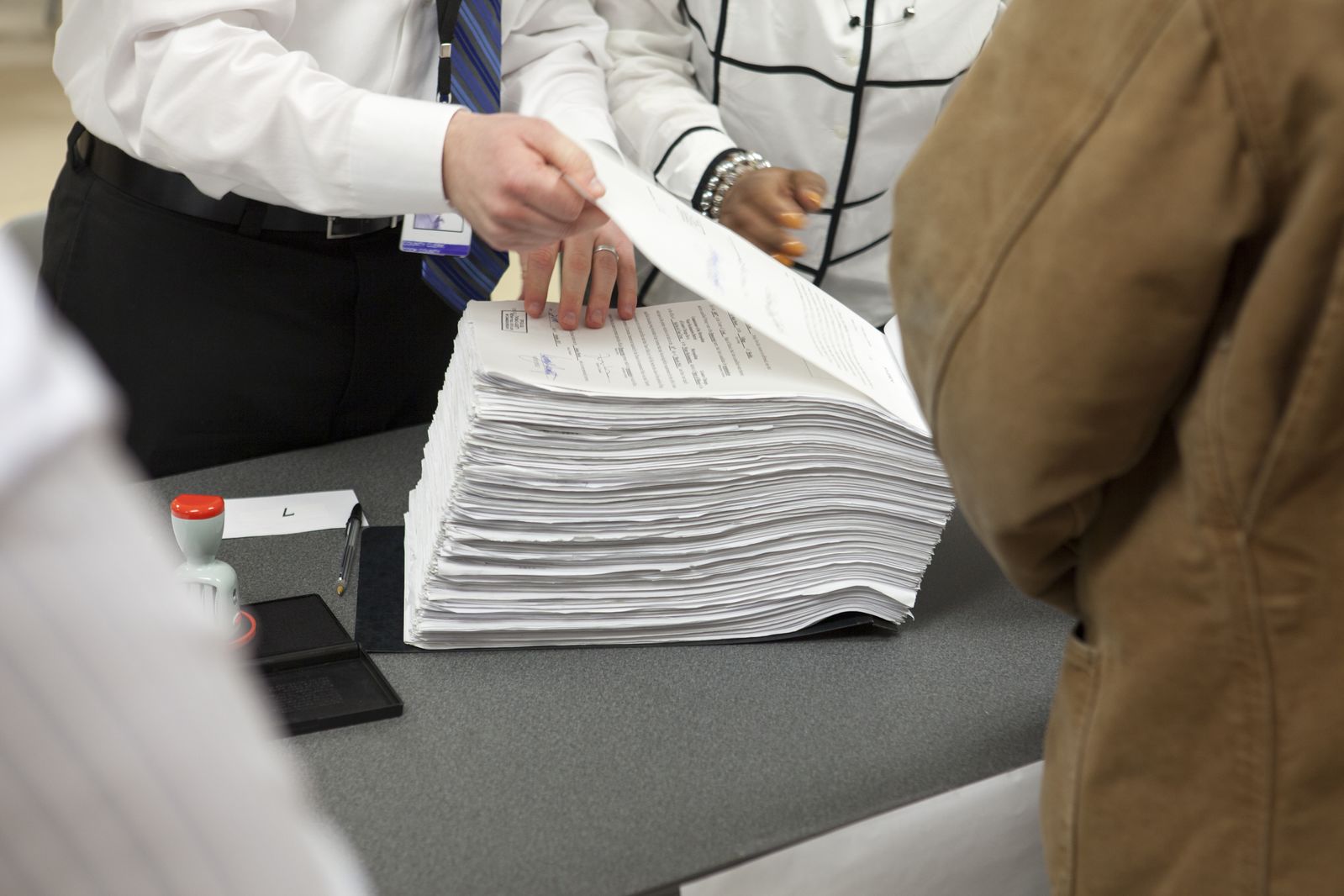Tag: filing deadline
-
Washington filing deadline passes on May 10

The filing deadline to run for elected office in Washington is on May 10, 2024. In Washington, prospective candidates may file for the following offices: Ballotpedia is also covering local elections in the following areas: The primary is scheduled for August 6, and the general election is scheduled for November 5, 2024. Washington’s statewide filing…
-
33 candidates filed for federal and statewide offices last week

Ballotpedia identified 33 declared candidates for federal and statewide offices over the previous week. All of these candidates declared prior to their state’s official filing deadline. That number is six more than the number of candidates processed the previous week (27). Thirteen of those candidates were Democratic, while 19 were Republican. One was a third-party…
-
23 candidates filed for federal and statewide offices last week

Ballotpedia identified 23 declared candidates for federal and statewide offices over the previous week. All of these candidates declared prior to their state’s official filing deadline. That number is 14 more than the number of candidates processed the previous week (nine). Thirteen of those candidates were Democratic, while six were Republican. Four were third-party candidates.…
-
Massachusetts sees 19 U.S. House candidates this year, fewer than in 2020 and 2018

The filing deadline for candidates running for Congress in Massachusetts this year was June 7, 2022. Nineteen candidates are running for Massachusetts’s nine U.S. House districts, including nine Democrats and ten Republicans. That’s 2.1 candidates per district, less than the three candidates per district in 2020 and the 3.44 in 2018. Here are some other…
-
July 22 is the final major-party statewide filing deadline of the cycle

July 22, 2022, is the filing deadline for statewide candidates in Louisiana. This is the last filing deadline for major-party candidates for statewide office in the 2022 election cycle. The first filing deadline in the current election cycle took place in Texas on December 13, 2021. December 2021: 1 state. January 2022: 3 states. February…
-
Five candidates file to run for U.S. House in Maine

The filing deadline for candidates running for state or federal office in Maine was March 15. This year, five candidates are running for Maine’s two U.S. House districts, including three Republicans and two Democrats. That’s 2.5 candidates per seat, down from 3 candidates per seat in 2020 and 5 per seat in 2018. Here are…
-
Kentucky filing deadline update: 51% of state legislative districts are contested by only one of the two major parties

The filing deadline for candidates running for state or federal office in Kentucky was Jan. 25, 2022. State legislative elections will take place in 19 of the 38 state Senate districts and all 100 state House districts. In all, 256 candidates filed for those 119 districts: 88 Democrats and 168 Republicans. This equals 2.2 candidates…
-
Alabama filing deadline update: 75% of state legislative districts are contested by only one of the two major parties

The filing deadline for candidates running for state offices in 2022 in Alabama was Jan. 28. State legislative elections will take place in all 35 Senate and 105 House districts. Overall, 271 candidates filed for those 140 districts: 88 Democrats, 182 Republicans, and one Libertarian. This equals 1.94 candidates per district, down from 2.15 in…
-
Three candidates file for Maine House special election

Political parties had until Nov. 29 to nominate candidates to run in the special election for District 27 of the Maine House of Representatives. The unaffiliated candidate filing deadline also passed on the same day. James Boyle (D) and Timothy Thorsen (R) were both nominated by their respective political parties to run in the Jan.…
-
Filing deadline approaches for South Carolina State Senate special election

Candidates interested in running in the special election for South Carolina State Senate District 31 have until Dec. 11 to file. A primary election is scheduled for Jan. 25, and the general election is set for Mar. 29. If no candidate earns a majority of the vote in the primary, a primary runoff election will…

